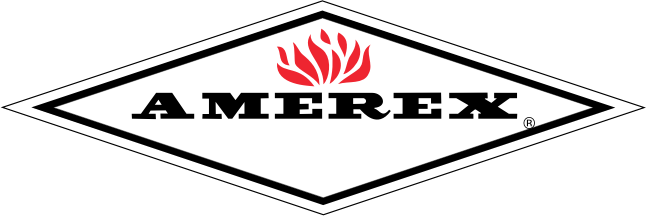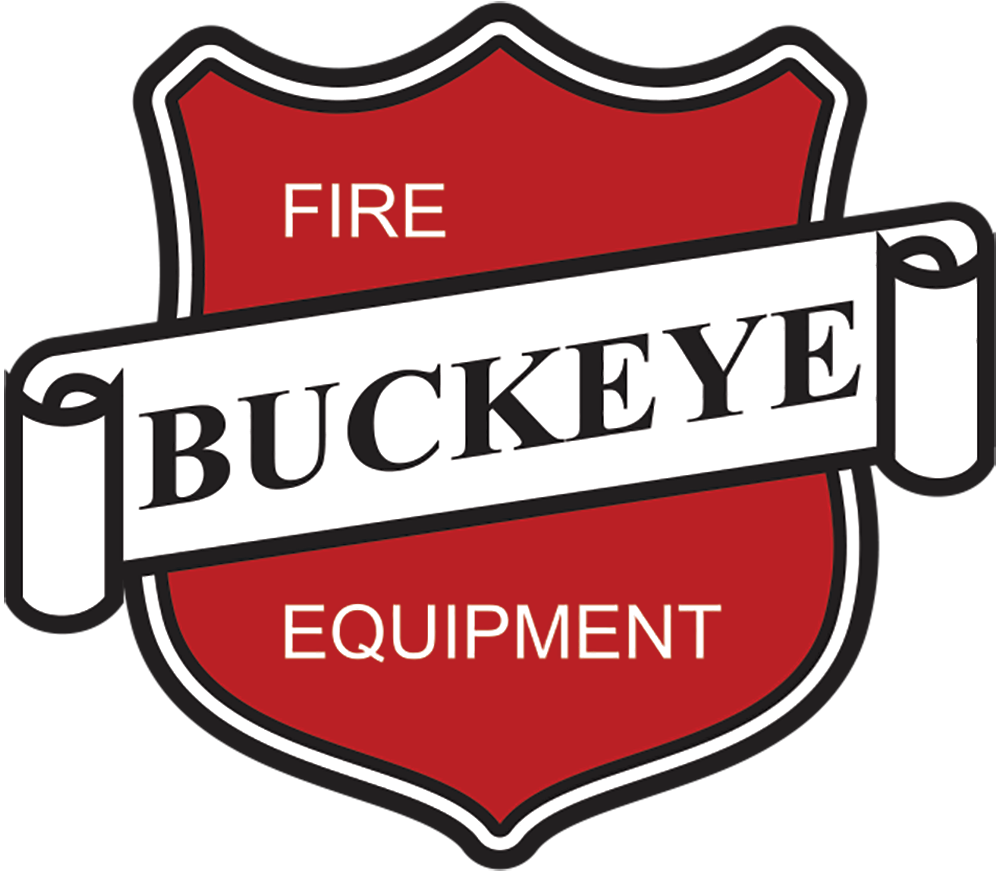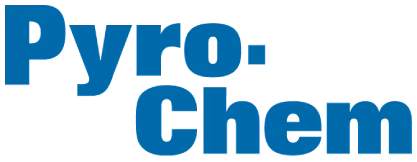A commercial kitchen can be a hub of activity featuring heat, flames, and flammable materials that can lead to fire risks. Whether you run a small café or a large-scale restaurant, installing a fire suppression system is essential to safeguarding your business, employees, and customers. This practical guide explains how restaurant fire suppression systems work, breaks down their critical components, and highlights the advantages they offer restaurant owners.
How the System Puts Out Fires
Engineers design restaurant fire suppression systems to manage fires where they happen most often—in cooking areas. These systems use a multi-step approach for detecting, controlling, and extinguishing these fires and stopping them before they spread further or cause serious harm.
When a fire starts and the system detects the blaze, it releases a chemical extinguishing agent that cools the fire’s source while cutting off oxygen, which is necessary for combustion. Instead of using water that can spread grease fires, these chemicals smother flames from cooking oils and fats.
At the same time, the system shuts off gas to the affected equipment, eliminating additional fire risks. This allows restaurants to extinguish fires immediately and resume business operations sooner.
The System's Critical Components

Several components work in harmony to ensure the effectiveness of a restaurant fire suppression system. Read about each one below to learn the role that it plays in detecting fires and extinguishing them.
The Detection System
The detection element is a crucial part of any fire suppression setup. Designers will strategically place these in kitchen hoods to monitor temperatures and detect signs of a fire. These sensors activate the system when temperatures surpass a predetermined threshold.
For example, if a fire suppression system features fusible link detectors, they will break when the fire exceeds a certain temperature. Having them activated only at this temperature reduces the likelihood of accidental discharge during standard kitchen operations.
The Manual Pull System

Although the detection system works independently, a manual pull system can provide kitchen workers with additional peace of mind during emergencies. Employees can activate the system directly if they witness a fire starting that may not trigger the automated sensors fast enough.
Designing a suppression system with this secondary activation method provides a backup solution that can be helpful during unusual circumstances. This manual control also empowers staff members with confidence in their ability to prevent damages from escalating further.
The Mechanical Control Head
The mechanical control head acts as the brain of the suppression system. Once it detects heat or a kitchen staff member activates it manually, the control head directs the release of the suppressant and switches off the gas.
Engineered to handle high-pressure environments, control heads maintain performance even under extreme conditions. These components guarantee the system reacts appropriately during emergencies.
The Nozzles
Designers usually place fire suppression nozzles over cooking appliances, allowing the chemical agent to reach areas where fires are most likely to burn. Most nozzles have specific patterns that optimize suppressant dispersion so that they can cover as much surface area as possible. Their efficient configuration makes all the difference when controlling grease fires that spread rapidly.
The Chemical Agent
As we established, restaurant fire suppression systems will use a chemical agent specifically formulated for commercial kitchens. Many systems employ wet chemicals formulated to extinguish grease fires safely. Once released, these agents blanket the flames, block oxygen access, and form a layer that prevents re-ignition.
Unlike water, which reacts poorly with grease, this chemical solution effectively handles combustion from cooking oils and minimizes cleanup afterward. Choosing a fire suppression system with advanced chemicals ensures that you will manage fires in a way that’s both effective and tailored to your kitchen needs.
Advantages of Adding a Fire Suppression System
Installing a fire suppression system in your restaurant is a preventive measure that can provide long-term benefits to your business. Find out about each of these below and the long-term effects that they can have.
Quick Resolutions
One of the biggest benefits of a restaurant fire suppression system is that it can quickly resolve a blaze in your kitchen before it spreads. This capability protects your property and prevents costly downtimes caused by extensive fire damage.
Restaurants that rely on these systems experience quicker resolutions when fires occur, allowing them to return to operation with minimal interruption. In addition, they can mitigate the financial and reputational impacts they may face after an incident. The use of these systems can make the difference between a controlled situation and a major disaster.
Worker and Customer Protection
The welfare of your staff and customers is a top priority, and suppression systems can make your restaurant a safer place. These systems shield people from dangerous conditions, giving them time to evacuate if necessary. They can also make work less stressful for employees by giving them peace of mind in knowing that these precautionary measures are in place.
Compliance With Regulations
Restaurant kitchens must meet strict safety codes, and fire suppression systems simplify this process by adhering to these standards. Installing one will better guarantee that your establishment passes inspections by relevant regulatory bodies. It will also signal to inspectors that you take safety seriously and allow your restaurant to avoid penalties, including fines and closure.
Tips for Shopping for a Fire Suppression System
Finding the right fire suppression system requires informed decision-making. The following tips can steer you toward the best, safest solution for your restaurant.
Look for an Expert Company
Partnering with professionals ensures your system aligns with safety standards and remains effective in the long term. Seek expert fire protection companies that can assess your kitchen’s unique risks and tailor suppression systems accordingly.
By working closely with reliable partners, restaurant owners will more effectively protect their restaurants from fire damage. One example of a trustworthy partner is Hedrick, which offers restaurant fire protection systems to clients in Los Angeles and Southern California.
Consider Your Kitchen Space and Equipment
No two kitchens are identical, so suppression systems should cater to your establishment's space, layout, and appliances. Understanding which areas are most prone to fires determines the coverage zones for system components.
High-risk areas often include deep-frying stations, open-grill areas, and ventilation ducts. Suppression systems that match your unique setup provide superior results, making placement and design considerations pivotal.
By understanding fire suppression systems and knowing how to purchase them, restaurant owners can confidently safeguard their operations. Take control of your restaurant’s safety today by exploring fire protection systems designed for the industry’s specific needs.



